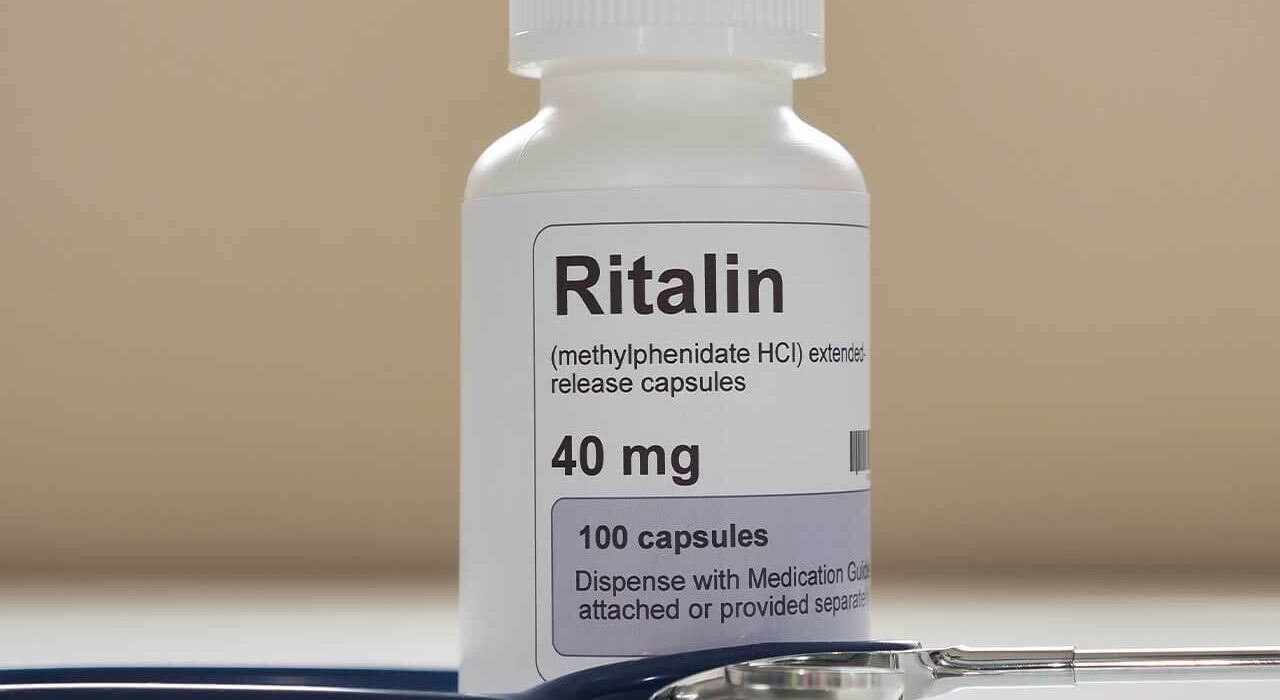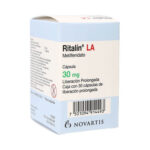What Causes ADHD?
ADHD is a medical condition that is characterized by symptoms of inattention.
Problems with impulse control and hyperactivity are also commonly shown but are not necessary for a diagnosis of ADHD.
Medical evidence:
1. PET, SPECT, and QEEG studies have consistently demonstrated that patients diagnosed with ADHD demonstrate abnormal patterns of brain activity in those regions of the brain responsible for attention, concentration, social problem-solving, and behavioral/mood control.
2. ADHD is a condition with a high degree of “heritability” (.75 in twin studies).
Over 50% of adults with ADHD will have at least one child with ADHD
About 33% of children with ADHD will have one sibling with ADHD
3. Genetic studies of patients with ADHD reveal abnormalities on chromosomes involved in the development of dopamine receptors and dopamine reuptake transporters (e.g. Chromosome 11).
4. PET studies have indicated that dopaminergic brain cells in patients with ADHD tend to “reabsorb” 70% more dopamine (interfering with neural transmission) and receptors appear to “take in” dopamine approximately 16% slower. These two factors may be responsible for the “cortical slowing” demonstrated on the QEEG studies published by our clinic and other clinical research centers.
5. Medicines like Concerta, Metadate, and Ritalin, all work by blocking the “reuptake” of the neurotransmitter, dopamine, allowing increased availability of this chemical in the brain which promotes improved attention, concentration, behavioral control and mood. Adderall-XR stimulates increased release of dopamine, as well as the neurotransmitter, norepinephrine and blocks the “reuptake” of both neurotransmitters. Strattera is relatively specific to norephinephrine and blocks the reabsorption of this neurotransmitter. The goal of each of these medications is to treat the cortical underarousal that is commonly found in patients with ADHD.




